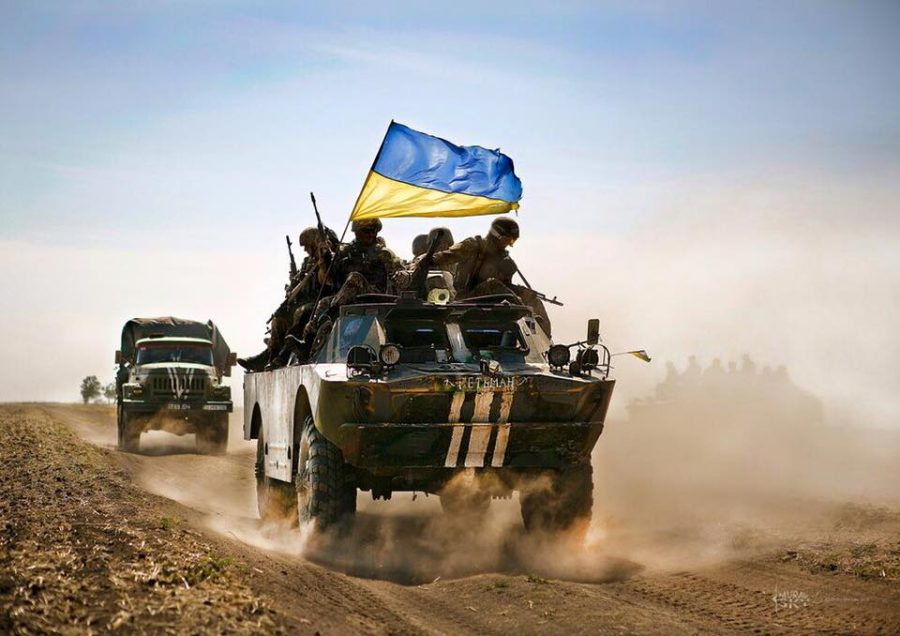
On Friday, March 5, the Military Family Research Institute gave a presentation describing the issues unique to both student veterans and student service members in University Center North, room 122, as part of Operation Diploma.
There were two speakers at the event, Sara Appel, MFRI outreach specialist, and Dale Brown, IUS Student Veterans Organization facilitator.
Brown began the event by describing the two grants the university received last year to be used for veterans. One grant was for $2,000 while the other was for $15,000. The grants helped form the SVO and to fund events to bring veterans together and heighten awareness of the veteran population on campus.
Appel’s presentation was called “Understanding Student Service Members and Veterans.” Appel said the difference between the two groups was that student veterans are no longer actively involved in the military but may be called back into duty. The other group, student service members, is still involved in the military and more likely to be activated and deployed.
“One of the goals of our program is to work with higher education to help them understand veterans,” Appel said.
Appel said when the Montgomery GI Bill was first put in place in 1944, veterans took advantage and proved themselves to be mature and responsible students.
She said campuses began being more flexible with veterans, allowing some of their military education to count as credit toward their degree.
“It was the right thing to do,” Appel said. “It raised the academic bar and challenged the campuses.”
Appel said veterans and service members bring experiences that create diversity and increase the knowledge base of everyone on campus.
She said veterans and service members come to campus with a reputation for being impatient and feeling entitled, but she said research has shown they often challenge their professors and other students in a positive way, offering good input.
Appel offered a profile of veterans on campus. Most are between the ages of 17 to 35. Half are married and nearly half have children. She said less than 10 percent live on campus and many have taken distance learning courses, some while deployed.
Brown, a student veteran himself, said the SVO currently has 78 members from a total of 203 veterans or their family members on campus. They range in age from 18 to their 60s and come from every branch of the military.
By DERRICK HOLDRIDGE
Staff Writer
dvholdri@umail.iu.edu






